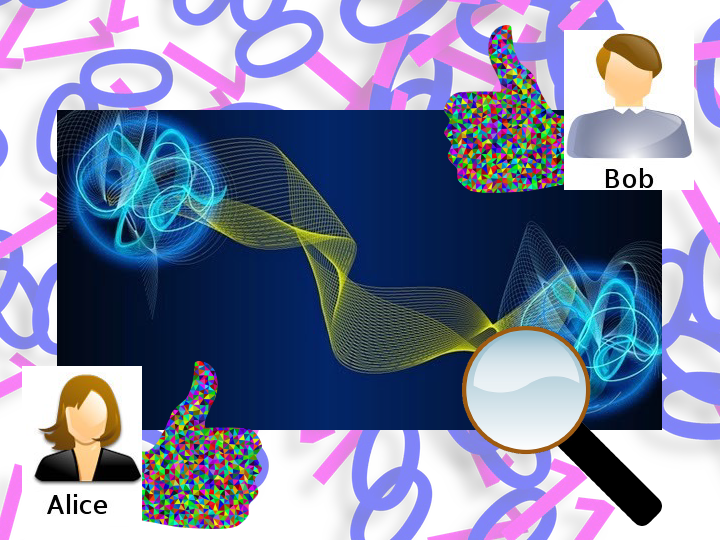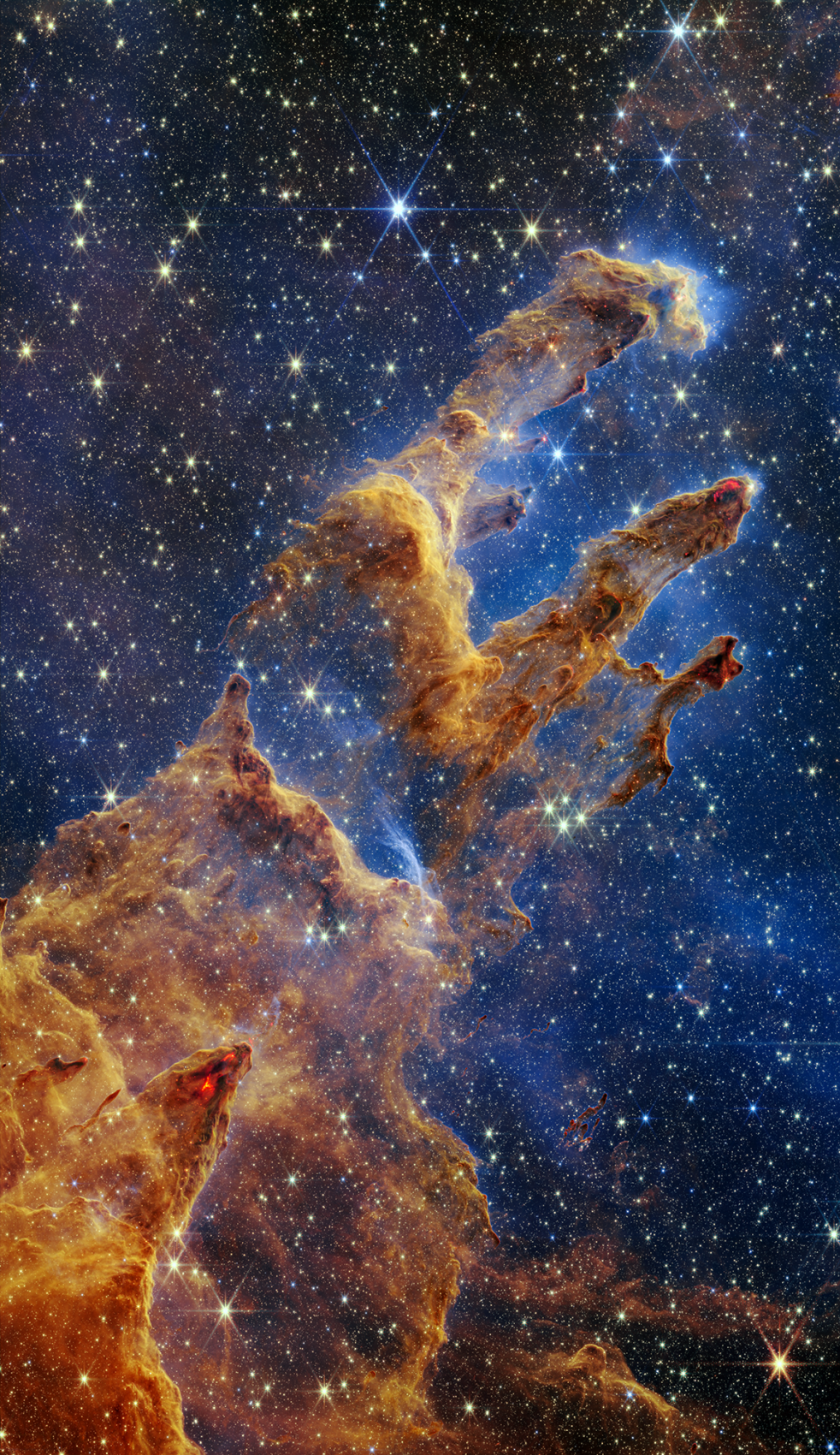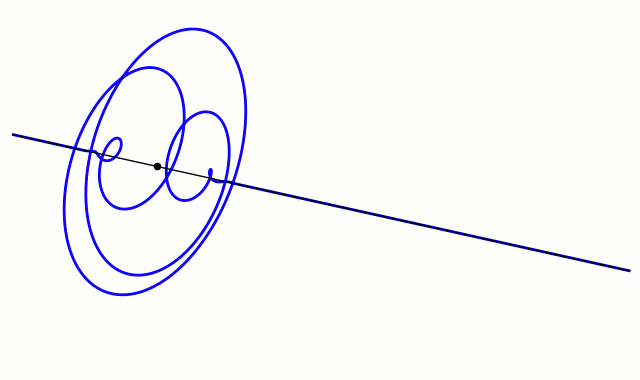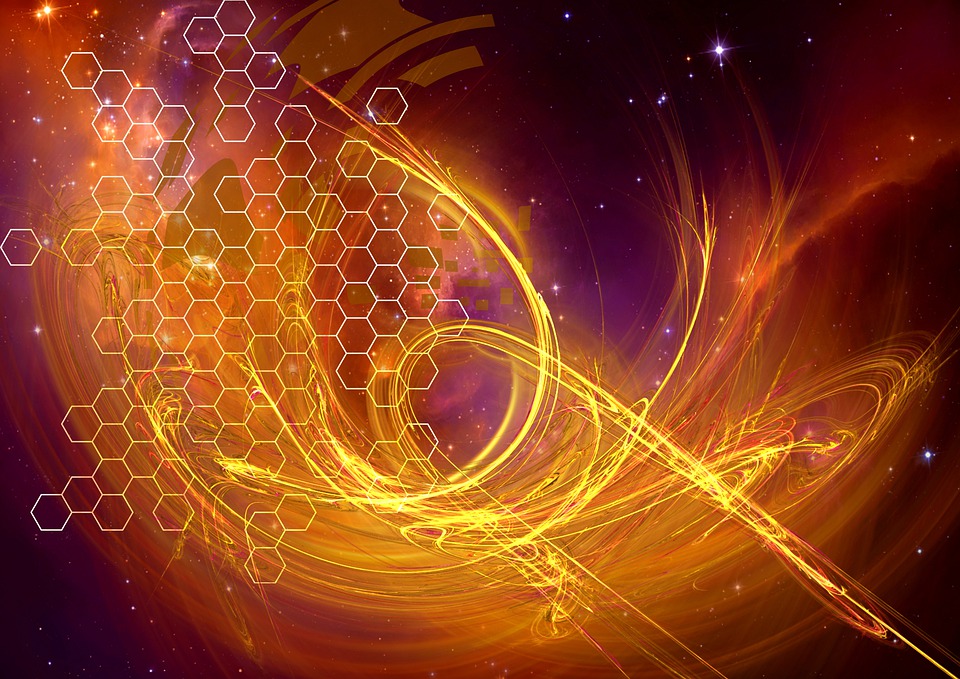Reckoning quanta, quantum events – nostalgia for absoluteness?
TABLE OF CONTENTS Alice & Bob et al. measure quantum states & wonder about predicting outcomes. In continuous quantum fields, localized disturbances (excitations) interact and exchange energy between fields – as real outcomes. “We suppress dimensions in order to make sense of things.” Modeling interactions of excitations with vacuum states of quantum fields gets weird.… Continue reading Reckoning quanta, quantum events – nostalgia for absoluteness?







